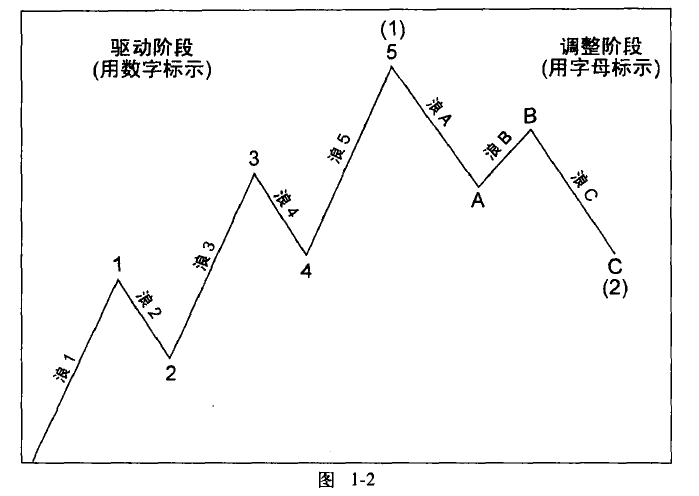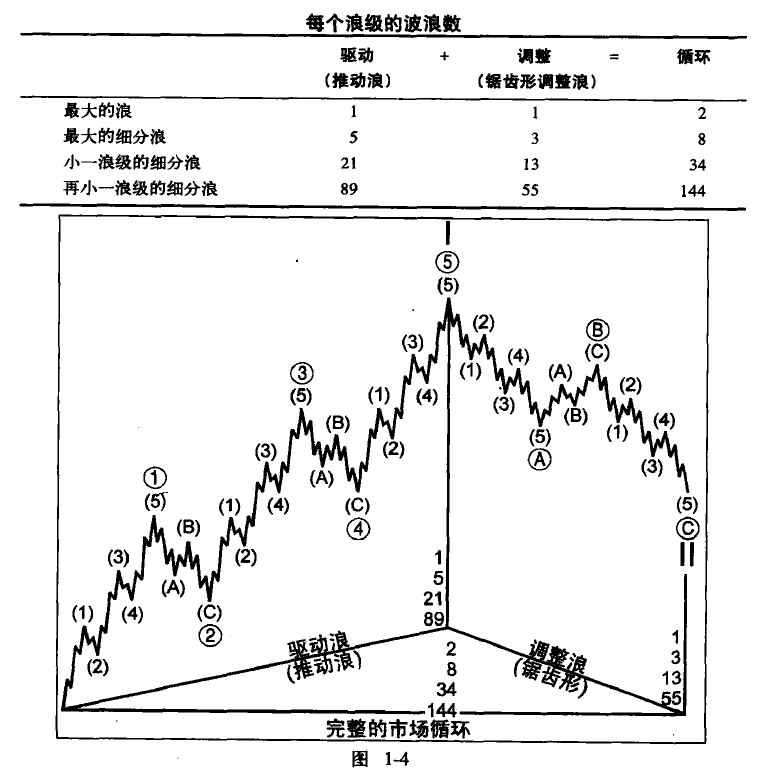History is not a simple repetition; the results are often remarkably similar. Quoting a line from the memoirs of stock market giants: There is nothing new on Wall Street, because human nature does not change.
I. Origin of Wave Theory:
In the 1930s, Elliott discovered that stock prices move and reverse in recognizable patterns. The patterns he identified are consistently repeated in form, but not in time or amplitude. He named, defined, and illustrated these various patterns. He then explained how they connect to form larger versions of themselves and how they sequentially connect to form the same patterns on a larger scale, thus creating a structured price progression. Elliott referred to this phenomenon as wave theory.
Although wave theory is currently the best predictive tool, it is primarily not a predictive tool; it is a detailed characterization of market behavior.
II. Basic Patterns
Five-wave drive, three-wave adjustment

The driving waves are a five-wave structure, and the adjusting waves are a three-wave structure or variant.
Key points: The three eternal truths of the five-wave pattern. Wave 2 will never move beyond the starting point of Wave 1; Wave 3 is never the shortest wave; Wave 4 will never enter the price territory of Wave 1. These three points are crucial, as they are important principles for correctly identifying wave patterns.
Composite structures and complete cycles


